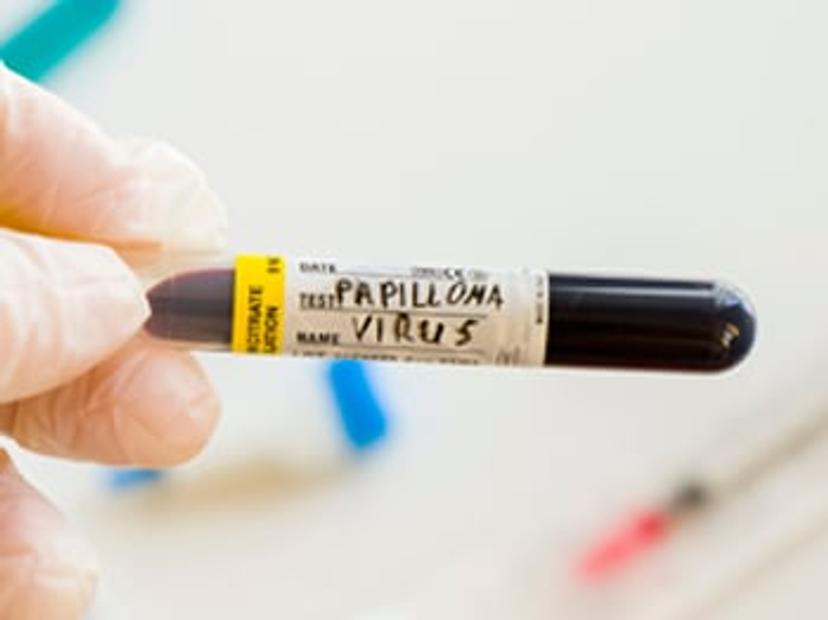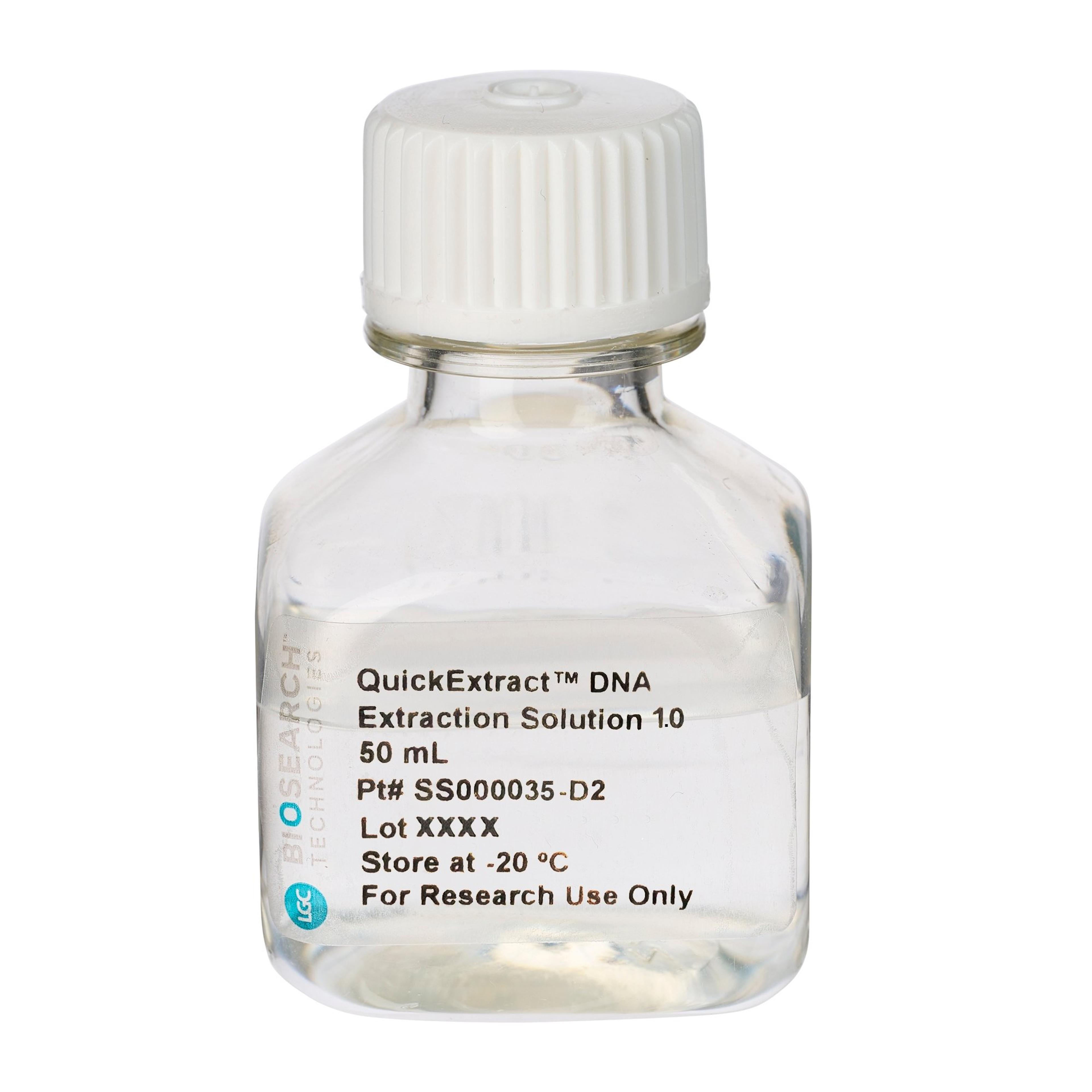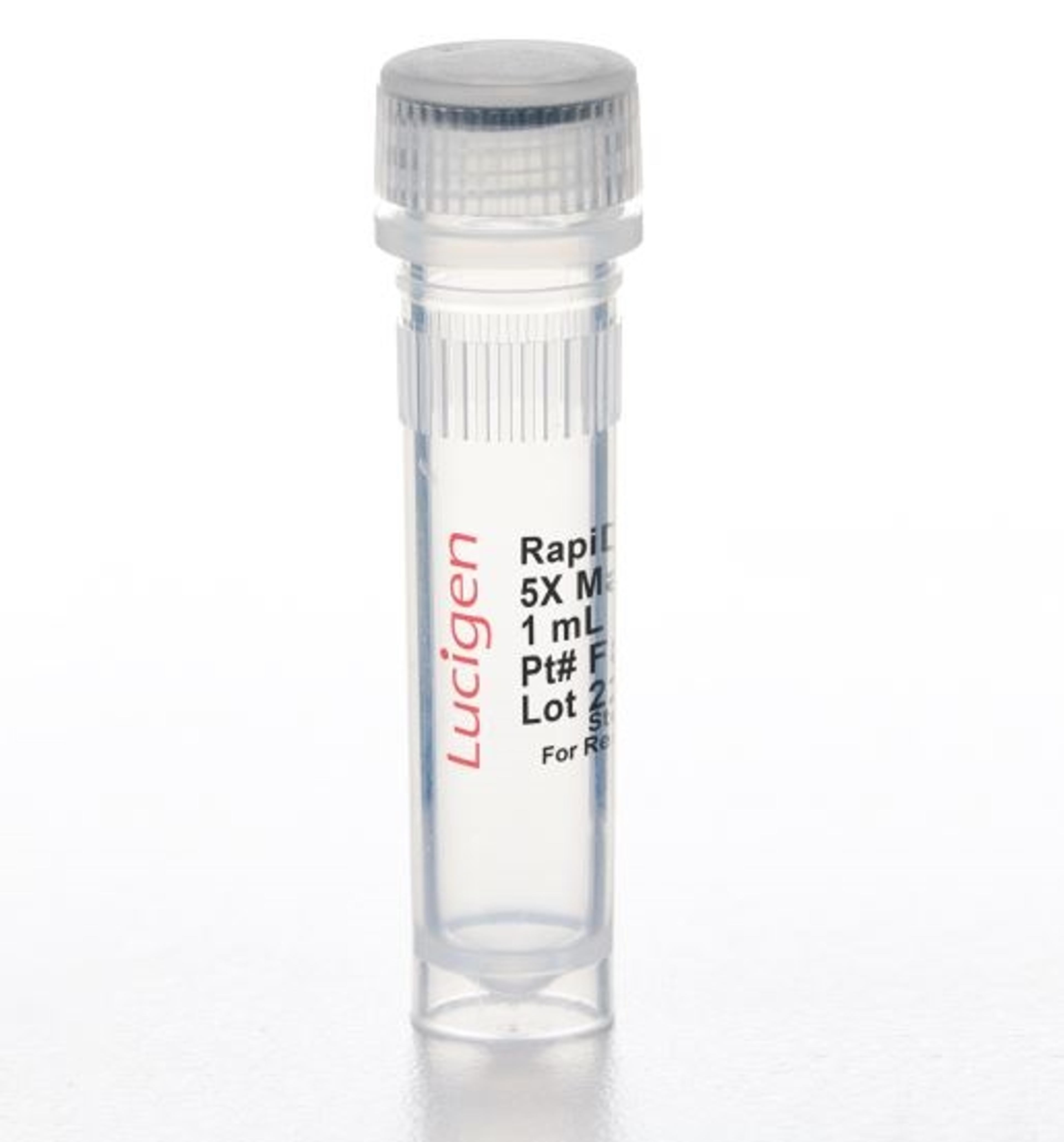Tackling HPV detection and the global cervical cancer prevalence problem
Explore the concerted effort healthcare professionals, pharma, and biotech are making to combat cervical cancer through the development and implementation of new HPV assays
15 Oct 2023
According to the World Health Organization (WHO), human papillomavirus (HPV) is one of the most common sexually transmitted infections globally. The WHO estimates that more than 80% of sexually active women will be infected with HPV at some point in their lives, and while most infections are harmless and resolve on their own, some lead to diseases such as genital warts and cervical cancer. In fact, women living with a chronic HPV infection are six times more likely to go on and develop cervical cancer, with HPV types 16 and 18 reported to be responsible for nearly 50% of high-grade pre-cancers alone.1
While cervical cancer is shown to be preventable through the implementation of HPV screening and vaccination programs, it remains a significant global public health problem. The global prevalence of HPV and associated deaths from cervical cancer are also not evenly distributed around the world. Low- and middle-income countries are more likely to experience higher rates of infection and cervical cancer due to limited access to screening, vaccination, and treatment infrastructure. In these populations, cervical cancer is therefore often diagnosed at a later stage when it is more difficult to treat. It is also a disease that is often stigmatized, creating a fear of social judgement and shame, further impacting delays in testing and treatment.
Taking action
Recognizing these alarming statistics, in 2020 the World Health Assembly put forward a global strategy towards eliminating cervical cancer, recommending a comprehensive approach to prevention and control. Urging action from healthcare professionals, pharmaceutical, and biotechnology companies around the world to further develop and implement new vaccination, screening, and treatment strategies.
To meet this target, global healthcare systems have implemented programs that focus on prevention and early detection. One strategy being vaccination. Pharma and biotech companies have increased their efforts to further develop vaccines, particularly looking at the efficacy of single-dose over multi-dose schedules to reduce financial burden and increase vaccine coverage. For low- and middle-income countries, this would greatly improve access and lead to better patient outcomes, reduced healthcare costs, and improved quality of life.
Another key strategy is improved screening programs. Cervical cancer screening has been traditionally performed through a variety of methods, including visual inspection with acetic acid (VIA), Papanicolaou (Pap) smears, and HPV testing. However, with advances in molecular techniques, scientists have been working to develop new diagnostic assays, including HPV DNA and HPV mRNA tests, which can detect the virus effectively and accurately identify the specific strain. These assays can also detect smaller amounts of HPV, thereby increasing the sensitivity of the test and reducing the likelihood of a false-negative result.
By using these new diagnostic assays, healthcare professionals can identify patients with HPV and initiate treatment and surveillance early, which has the potential to significantly reduce the incidence of cervical cancer. However, for the scientists and manufacturers developing, validating, and bringing these news tests to market, there are still many hurdles to overcome.
Speaking with experts in the field, including LGC Biosearch Technologies, a company that specializes in supporting the molecular diagnostics industry, and some of its customers working to develop PCR-based HPV assays, SelectScience® explores the front line of this response to a global public health problem in more detail.

Dr. Ati Goknur, Founder and President, AtiTECH LLC, has partnered with the Turkish government to take on the challenge of creating and supplying the PCR test kits and components required to support a screening project that was initiated by Turkey’s Minister of Health in late 2022 to test for the incidence rate of HPV in 4.6 million women in Turkey.

Lara Noble, Senior Research and Development Medical scientist in the Wits (University of the Witwatersrand) Diagnostic Innovation Hub, with 15 years’ experience in molecular assay development and evaluation for priority diseases such as HIV and TB. Her experience will be leveraged for molecular HPV diagnostics.

Dr. Lindy McClelland, Senior Scientist of Global Workflow Solution, LGC Biosearch Technologies, has been supporting customers with custom assay development since 2019. She brings 20 years of technical expertise and knowledge of Biosearch Technologies’ full range of life science products (oligos, mastermix, and extraction chemistries) to develop custom solutions.
What are some of the main shortcomings of HPV and related cancer screening programs in your country of operation?
AG: “The screening and treatment strategies in Turkey were limited to small populations and existing screening programs could only cover a just few human papillomavirus (HPV) types. Cost per test was high and availability was low. The challenge was to create an assay that was accurate, robust, and specific to the 16 strains that represented nearly all the strains in Turkey in as few tubes as possible per patient sample.”
LN: “The South African National Department of Health (SANDoH) has approved HPV-testing as a screen for cervical cancer risk since 2017. However, the transition has been slow and diagnosis of precancerous or cancerous cells is still through cytology, with HPV testing usually used as a confirmation of risk. In addition, although screening (cytology or molecular) according to these guidelines should occur every ten years from 30 years of age in non-HIV positive females and every three years in HIV-positive females, this is not a reality. While available in the private sector, there has been slow uptake of HPV molecular testing at a national level. Another gap in the system is poor knowledge dissemination, with many females nationally not knowing about cervical cancer and associated risk factors. Lastly, although not linked to the screening programs, is the high level of HIV in the region. This is closely linked to decreased HPV clearance, increased HPV shedding, and ultimately increased HPV transmission.”
How will the assay you are developing directly impact these programs and improve the early detection and prevention of cervical and other cancers?
AG: “We planned and established a lab in Ankara specifically for HPV testing and began supplying the PCR kits and carrying out the testing workflow from DNA isolation through to results. This enabled us to test large populations under a central HPV testing lab with a daily capacity of 6,000 tests a day. With this, we have provided a very cost-effective multiplex PCR assay that provides identification of 16 different human papillomavirus (HPV) types, including the high-risk types 16, 18 and 45.”
LN: “It is envisioned that our HPV assay will provide a high-throughput screening service, ideally linked to self-sampling with a swab that can be shipped dry at ambient temperature. This would need to be supported by multiple swab collection, drop-off, and courier hubs, with mobile drives needed to reach more remote areas. In addition, a mechanism will be needed to link the specimen, the participant, and the results to enable further care. The testing will be performed at limited centralized hubs, with rapid turnaround required. Patients testing positive for HPV would then be referred to a facility for confirmatory HPV and cytology specimens, and linkage to care. While this will initially focus on females at risk of invasive cervical cancer (ICC), it is envisioned that the screening program could be expanded to other groups at risk of HPV-linked cancers.
How has your collaboration with Biosearch Technologies supported your assay development journey?
AG: “The Biosearch Technologies collaboration has provided us with a plan to multiplex main subtypes, helping us to reduce errors in amplification and increase the accuracy and specificity of PCR testing. Biosearch Technologies has also helped us to select the right probe chemistry with a choice of BHQ, BHQplus, MGB or LNA-enhanced probes.
LN: “Assay development is still at an early stage. However, experience gained on the LGC Nexar platform during COVID-19, can now be leveraged to novel assay development and evaluation. This will include front-end processing, which will ideally follow a similar swab-to-testing process as optimized by Biosearch Technologies for SARS-COV-2 testing. The flexible nature and high-throughput capabilities of the Nexar platform indicates good potential for national screening capacity.”
What do you hope will be the future impact of this work on public health?
AG: “We are working to support the Turkish government with a roadmap for a primary prevention (vaccination against HPV), which will ultimately help in selecting the right vaccination for the prevalent type of HPV. With our collaboration, we are working to provide long-term support and secondary protection through testing for HPV infection the subsequent detection of precancerous lesions, informing and advancing treatment strategies.”
LN: “We anticipate that this innovation, if successful, may lead technologies that can be adopted in the region. This may increase both HPV surveillance to drive vaccine development for relevant regional subtypes and HPV screening to increase access to testing. Increased screening will relieve the pressure on existing laboratories, with only females testing positive for HPV being referred for confirmatory molecular testing and subtyping, cytological testing for precancerous or cancerous cells and, if needed, treatment. This data could also be used to guide policy to increase HPV testing and vaccination strategies. Ultimately, by increasing access to care – with earlier diagnosis and earlier treatment – morbidity and mortality linked to ICC in the region may decrease. In addition, by linking nationwide screening to information dissemination, the prevalence of HPV may decrease, particularly in the context of HIV-driven HPV infection.”
What are some of the key challenges when designing and clinically validating HPV assays suitable for cervical cancer screening?
LM: “There are over 150 strains of HPV, approximately 30 of which are associated with cervical cancer. 12 strains are classified as high-risk and only 2 strains account for the majority of HPV-related cancers. This is where we go back to the customer’s end goal. Is the goal to detect all high-risk strains or limit testing to a regionally-prevalent subset? Does the customer want to detect specific strains or would they prefer a consensus assay that detects many strains?
Customers with experience in molecular diagnostics will be familiar with the common pain points of assay validation. Ensuring access to appropriate control templates can be a barrier. Synthetic templates are convenient for optimization studies, especially for the optimization of multiplex assays, but final validation work should be done with clinical samples or at least by spiking synthetic controls into clinical sample matrix (blood, saliva, etc). Assay optimization is best approached systematically to determine primer concentrations that deliver the optimal performance. Optimization allows customers to “lock-in” instruments, extraction, and oligo handling protocols to ensure consistent performance between reactions.”
How might advances in technology impact this field in the future?
LM: “We hope HPV vaccination initiatives will bring about the eradication of HPV. While global vaccination programs are currently being rolled out, routine testing will remain a companion diagnostic to monitor the vaccination program effectiveness along with identifying individuals with disease. Testing paradigms are championed by different testing needs. There will be customers ready to pivot testing programs on the latest research, developing massively parallel sequencing-based diagnostic tests or personalized medicine-based solutions that require modern facilities, and expertise to execute. Other customers will focus on assays that will remain robust over time and accessible to those with water baths and fluorescent plate readers. Both solutions require innovating around the customer’s goals and resources. These customer types (and all those in-between) will benefit from taking advantage of our design team’s expertise and product knowledge, early in the assay development process, to reduce the time needed to put their custom assay workflow into production .”
References
WHO (2022) Cervical cancer fact sheet. Available at: https://www.who.int/news-room/fact-sheets/detail/cervical-cancer (Accessed: May 22 2023)




